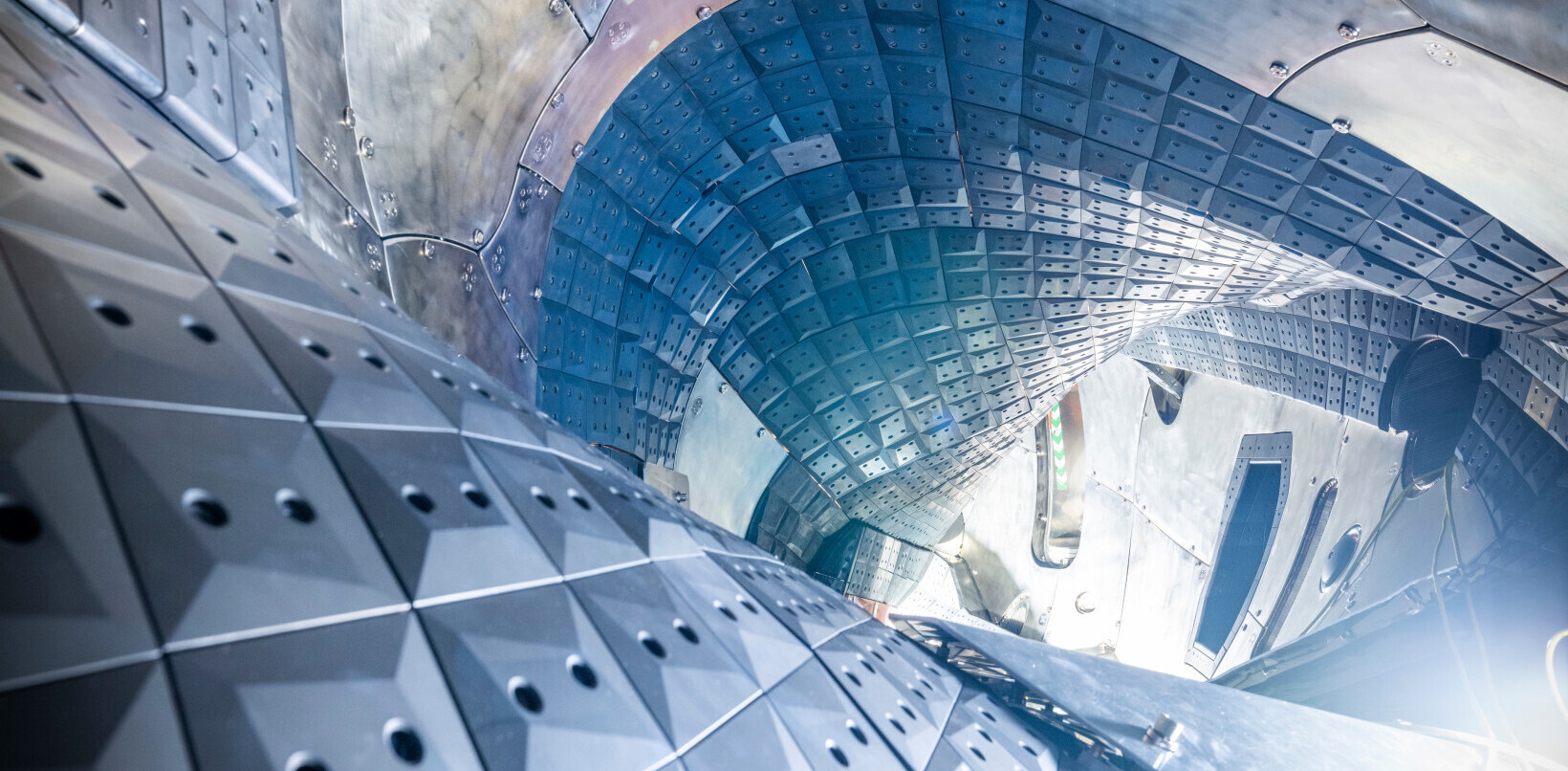
The US Department of Energy (DoE) has announced it’s setting aside $600 million to build the world’s fastest supercomputer called Frontier. It will be jointly developed by AMD and Seattle-based supercomputer specialist Cray.
The Frontier supercomputer will be capable of completing more than 1.5 quintillion calculations per second, and will join Aurora to become the second of the two exascale systems planned by US DoE for 2021.
To give a sense of scale, a quintillion is a billion billion, or 1,000,000,000,000,000,000.
The machine, upon completion in Oak Ridge National Laboratory (ORNL), will be about 10 times faster than the current fastest supercomputer, dubbed Summit, and is expected to be used for performing advanced tasks in areas like artificial intelligence, cancer treatment research, nuclear physics, and climate modeling.
“The combination of Cray and AMD technology in the Frontier system will dramatically enhance performance at scale for AI, analytics, and simulation, enabling DoE to further push the boundaries of scientific discovery,” said Steve Scott, senior vice president and CTO at Cray, in a press release.
Aurora is a separate $500 million exascale supercomputer project funded by the the DoE. It’s being developed at Argonne National Laboratory, featuring technology from rival Intel Corporation.
Frontier will also have greater processing power than Aurora, which will be able to carry out a quintillion operations each second.
But it’s not just the US though. China, Japan and the EU are all in the race to build exascale machines, with China taking up 227 spots of the top 500 supercomputers in the world. The US comes a distant second at 109.
What’s more, Secretary of Energy Rick Perry acknowledged that DoE’s computing capabilities will be critical to securing America’s dominance in artificial intelligence. But he also perceived it as a challenge worth relishing.
Taken in this light, it’s hard not to see the twin contracts as a win for both AMD and Intel, at the same time serving US’s interests in the global arena.
TNW Conference 2019 is coming, and its Future Generations track explores how emerging technology will help us achieve the 17 sustainable development goals, outlined by the UN. Find out more by clicking here.
Get the TNW newsletter
Get the most important tech news in your inbox each week.





